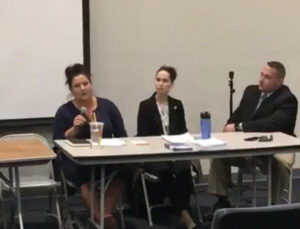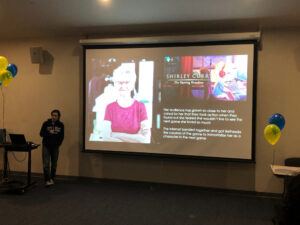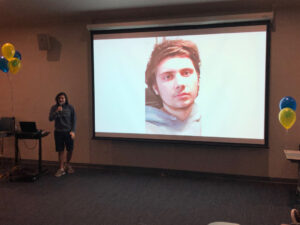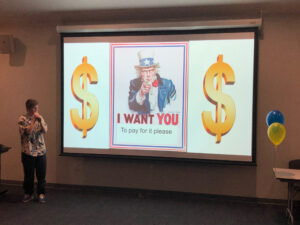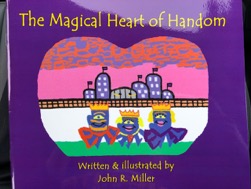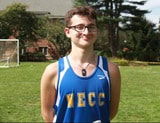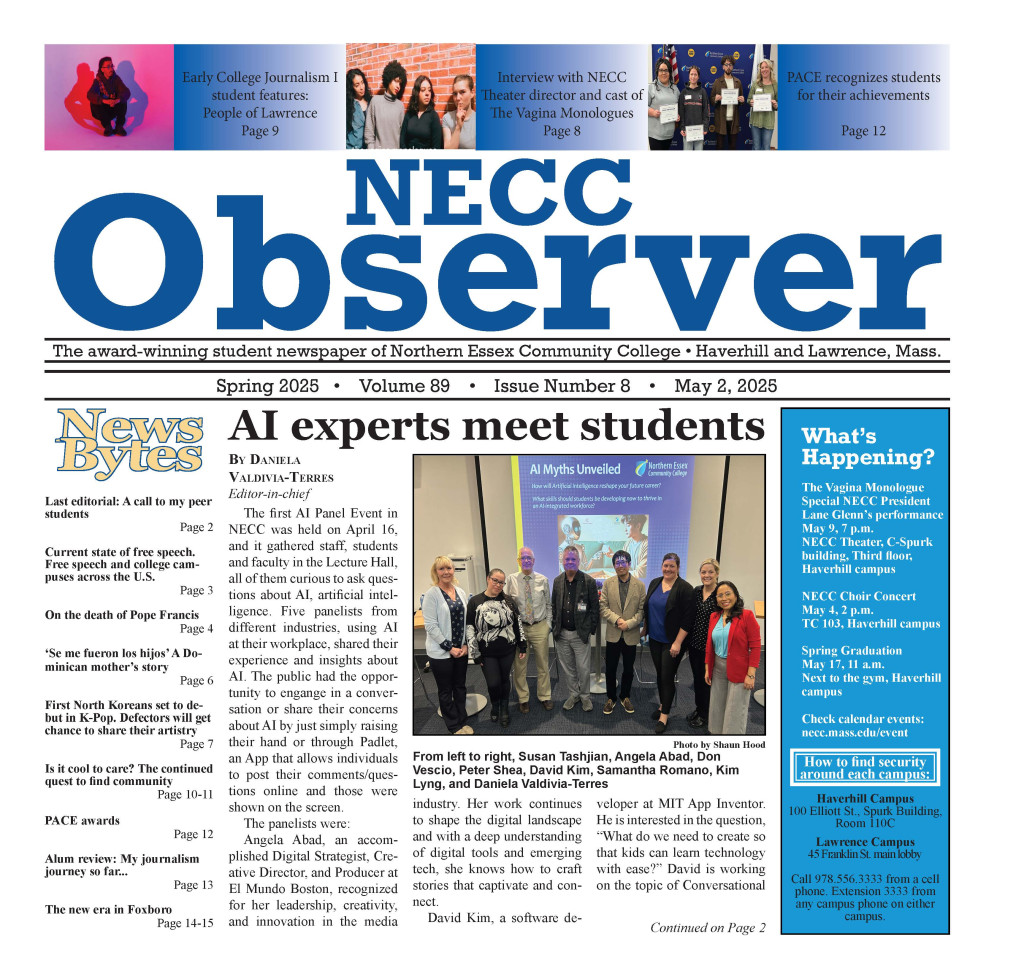While students can still study theater at NECC, they can’t get a degree in it
A movement to reinstate the theater arts major at NECC seems to be gaining traction. Led by Brianne Beatrice, an NECC theater and communications professor, and supported widely among students, the movement is calling for the option to pursue an associate’s degree in theater arts to be made available to students once again. Beatrice says that, since shortly after the theater arts major’s initial cancellation, she has been working to rebuild the theater program at NECC and that reinstatement of the theater arts major is a necessary part of the endeavor. According to Beatrice, re-establishment of the degree and appropriating more funding towards NECC theater would not only benefit students seeking to major in theater arts but also the Northern Essex community as a whole. And she is not alone in her views; the enthusiasm of students involved in NECC theater, says Beatrice, and a recent poll of NECC students both appear to illustrate that her cause is widely-supported.
Some members of the NECC theater community, however, including NECC theater professor Deirdre Budzyna, say that cautious optimism should be practiced and that the college should not rush to reinstate the major until some of its financial detriments have been resolved. After such issues are mitigated, says Budzyna, reinstatement would be a very valuable achievement to pursue. Beatrice, who has taught theater at multiple Massachusetts state universities, says that one of the most important reasons to reinstate the theater arts major is NECC’s well-known role as being a financially-accommodating and exploration-encouraging bridge (due to how low NECC tuition is in comparison to most four-year colleges) in students’ academic careers:
“NECC is a place where students can financially afford to attain an associate’s degree and also have the opportunity to dabble in the world of theater, to see if theater is the right career for them . . . to decide if they want to continue their education in a four-year institution. The wonderful thing that I can answer, as an educator, is that a lot of the credits students attain at Northern Essex can be transferred into their major at any four-year state school.”
The Northern Essex community, and not just those directly connected with NECC, argues Beatrice, would also greatly benefit from the re-establishment of the theater arts major and more funding being given to NECC’s theater division: “Since the major was pulled, the community has wanted the artistic outlet the program once was and wanted to see more theater at NECC. It drew a great crowd and had a wonderful following for so many years. And now this local theater, this local community, is gone and I think that a lot of people want to bring it back to support theater at a collegial level.” Beatrice believes that rebuilding the theater program is impossible without the extrinsic motivation theater credits could provide, saying, “It’s really hard to get students to want to participate when there’s no carrot at the end of the stick, when there’s no degree. I can only build a program if there’s a degree at the end of it.”
Her campaign to reinstate the theater major as quickly as possible (immediately, if achievable) currently relies on the voice of students and the community, and she reports that, “There is still such great interest in the program. We need to strike while the iron’s hot. “ She is referring to the communal excitement around the national award Gwynnethe Glickman recently received for her performance in NECC’s Stupid F*cking Bird.” “Let’s bring the jury back … The students are the strongest supporters, the greatest advocates … And so many in the liberal arts division (referring to NECC faculty members) believe there should be more theater at NECC.” Emphasizing her belief that the community would support bringing the theater arts major back, Beatrice adds, “I have never once encountered an interpersonal dialogue with a soul who said that we shouldn’t bring the degree back.” When discussing what must be done in order for the the theater major reinstatement to occur, Beatrice states that the final decision lies in the hands of higher-ups, specifically the President and Vice-President of NECC, but that NECC students and faculty members should still use their influence by spreading the word about reinstatement and by discussing how the theater program can be helped.
And, on a conclusive note, Beatrice tersely showcases her optimism on the matter: “I am 100% confident the major can be brought back. I have hope.” Beatrice’s hopeful attitude may be realistic, says a recent poll of 126 randomly-selected NECC students. About 94% of respondents said they supported bringing back the option of pursuing an associate’s degree in theater arts to NECC. Still, though, there are some community members who make the case that other efforts must be undertaken before reinstatement can become reality. Budzyna, as mentioned prior, is a part of this group. She contends that, “Ideally, in any liberal arts college students would have the opportunity to major in theater, music, or dance. As someone who is committed to the arts, I feel strongly that that should be a part of a liberal arts education. That said, I think, in today’s financial times, it is really challenging to keep programs open that aren’t sustaining themselves financially.”
She says that considering that many people she knows “have benefitted from taking theater classes,” she has mixed feelings on the issue: “Many of my students and my own children benefited from the amazing work that was done at Northern Essex. But, I think, realistically, in order to re-establish a theater program we would need to have somebody who was actively seeking out people who want to be theater majors. It’s such a difficult issue to discuss. I would love for there to be a theater program at Northern Essex. I think students who aren’t theater majors benefit so much from taking theater classes, but I also realize that you have to have a certain number of students to make a program viable.”
Budzyna would be excited at reinstatement, she says, but adds that students must be enrolled in theater classes for the theater arts degree to be made available again. If the college, according to her, were to see an increasing level of student enrollment in theater classes and more student and community interest in the theater program (two factors, incidentally, Beatrice says are necessary for reinstatement to occur), perhaps the theatre arts major could be available again. So Budzyna, like Beatrice, feels that reinstatement could be done, but also thinks that the process would be gradual and take persistence: “All of us, the faculty, are working so hard to retain the students that we have and to attract new students and I think that (reinstatement) isn’t an overnight solution. I think it will take time.”

